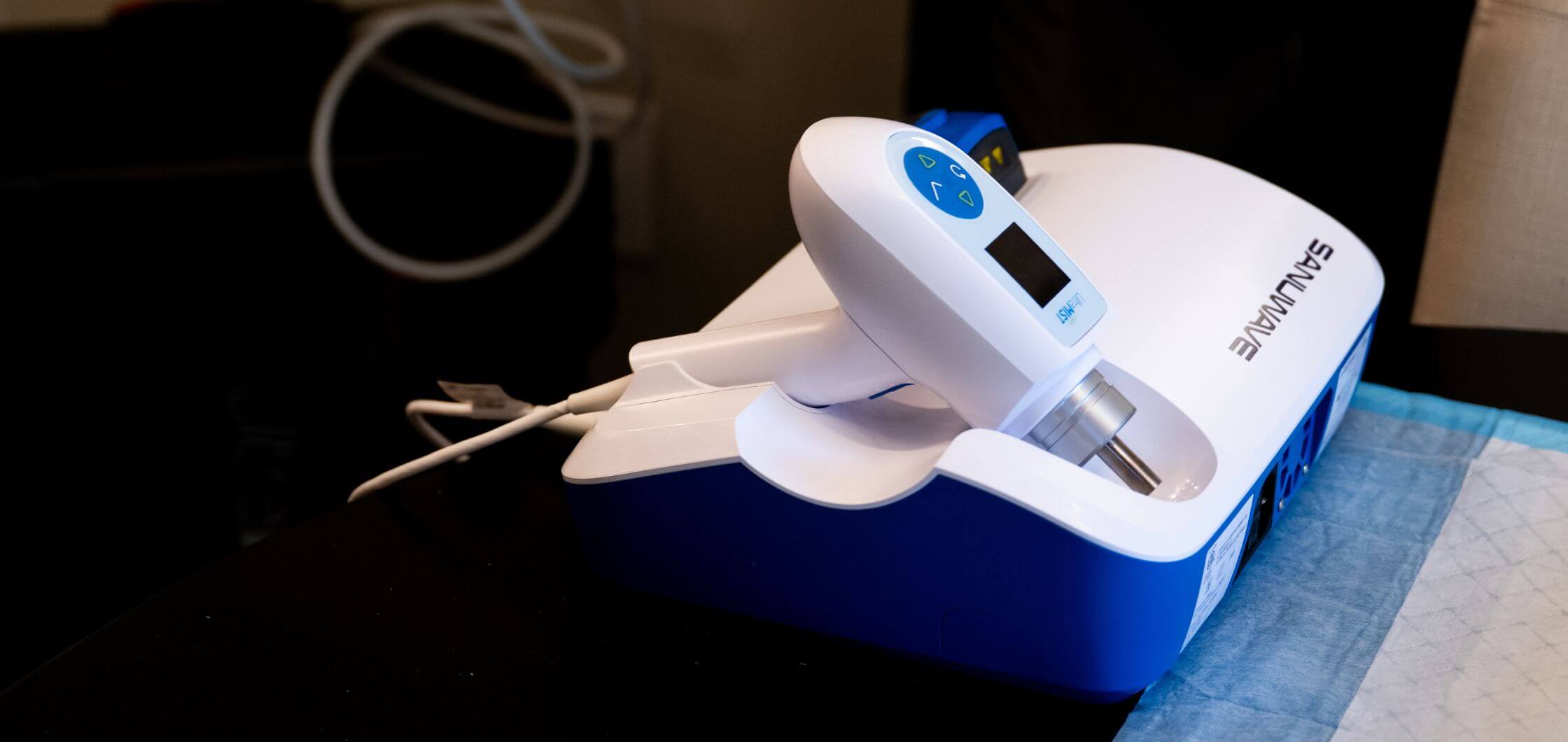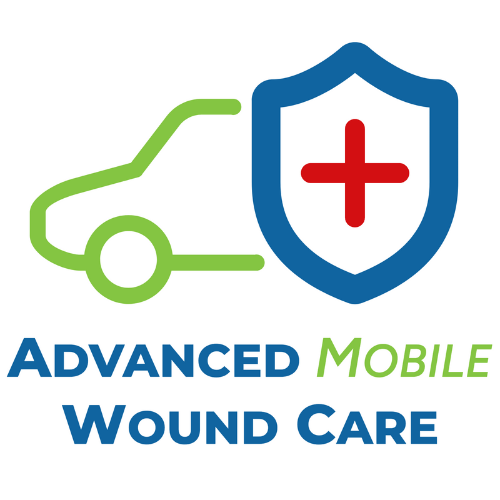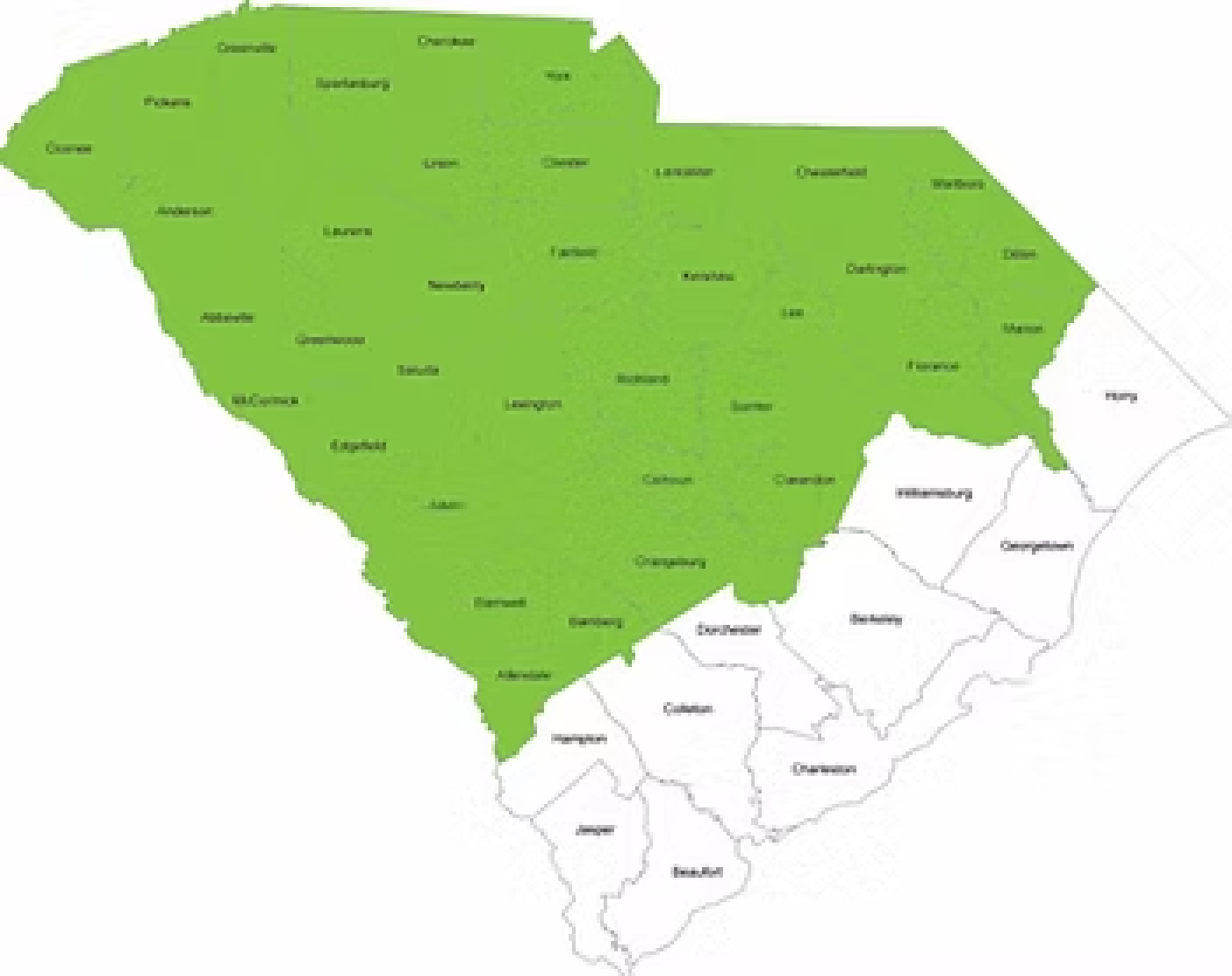Dispelling fears and misconceptions about the wound debridement process for faster, safer healing
When patients hear the word debridement, it can trigger anxiety or confusion. It might sound invasive, but in reality, debridement is a critical step in the wound healing journey. For many non-healing or chronic wounds, removing dead or damaged tissue allows the body to repair itself more efficiently. The wound debridement process isn’t about making things worse—it’s about creating the best possible environment for healing.
Why Debridement Matters in Wound Healing
When a wound contains dead tissue, slough, or debris, it acts like a roadblock. These materials can harbor bacteria, delay healing, and even lead to infection. Debridement removes those obstacles so healthy tissue can regenerate and wound edges can begin to close.
In some cases, wounds won’t show meaningful improvement until debridement is performed. By clearing out non-viable tissue, clinicians reduce the risk of complications and help patients move forward with their recovery.
Different Types of Wound Debridement
There are several techniques used depending on the wound’s condition, the patient’s overall health, and the care setting.
Sharp Debridement
This is the most common and immediate form, performed using sterile instruments such as scalpels or scissors. It allows a trained wound care specialist to remove dead tissue with precision—usually during a bedside or in-home visit. While some patients worry about pain, sharp debridement is often quick and well-tolerated, especially with the use of topical anesthetics when needed.
Enzymatic Debridement
This method uses prescription ointments containing enzymes that selectively break down necrotic (dead) tissue without harming healthy cells. It’s a slower process than sharp debridement but less invasive and ideal for patients who aren’t candidates for surgical methods. The wound debridement process can be continued daily or as directed, allowing steady progress with minimal discomfort.
Ultramist Therapy
Ultramist is an advanced, non-contact form of debridement that uses low-frequency ultrasound waves delivered through a fine saline mist. This technology helps loosen and remove dead tissue while also stimulating circulation and reducing bacterial load. Ultramist is painless, highly effective, and especially beneficial for patients with fragile skin or wounds in sensitive areas. It’s a valuable tool we often use as part of a comprehensive mobile wound care plan.
Addressing Patient Concerns
It’s completely normal to feel uncertain about wound debridement, especially if you’ve never experienced it before. However, avoiding or delaying this step can increase the risk of infection, hospitalization, or long-term complications. Our mobile wound care team is specially trained to assess which method is appropriate and to perform the procedure in the safest, most comfortable setting possible—your home, assisted living facility, or wherever you receive care.
We prioritize patient education and comfort every step of the way, ensuring that you’re informed, empowered, and supported throughout the wound healing process.
Debridement as Part of a Comprehensive Wound Care Plan
Debridement isn’t a one-time fix—it’s one part of a larger plan designed to help wounds heal faster and more completely. Once the unhealthy tissue is removed, other treatments like advanced dressings, compression, or biological therapies become more effective.
If you or a loved one is struggling with a non-healing wound, understanding the wound debridement process is an important first step toward recovery. Our team can evaluate the wound, determine the right course of action, and provide expert care—all without leaving your home.Get the support you need to heal. Contact us today to learn how our mobile wound care services can help you recover safely and comfortably.





